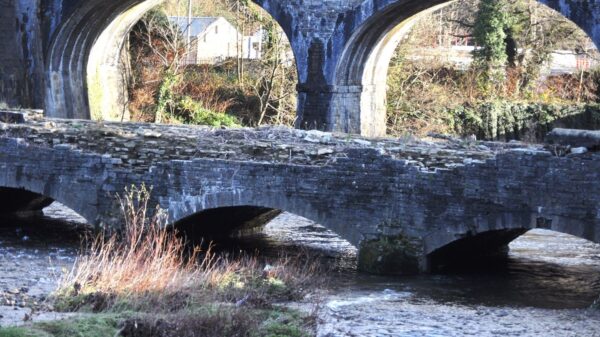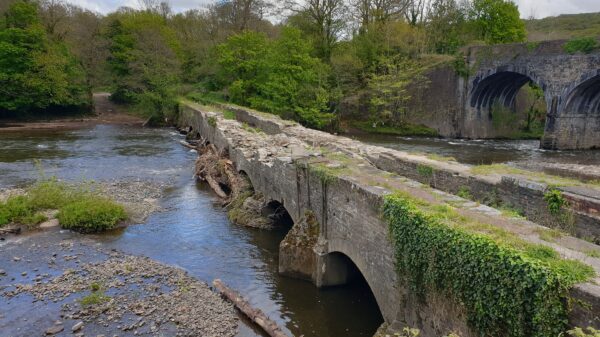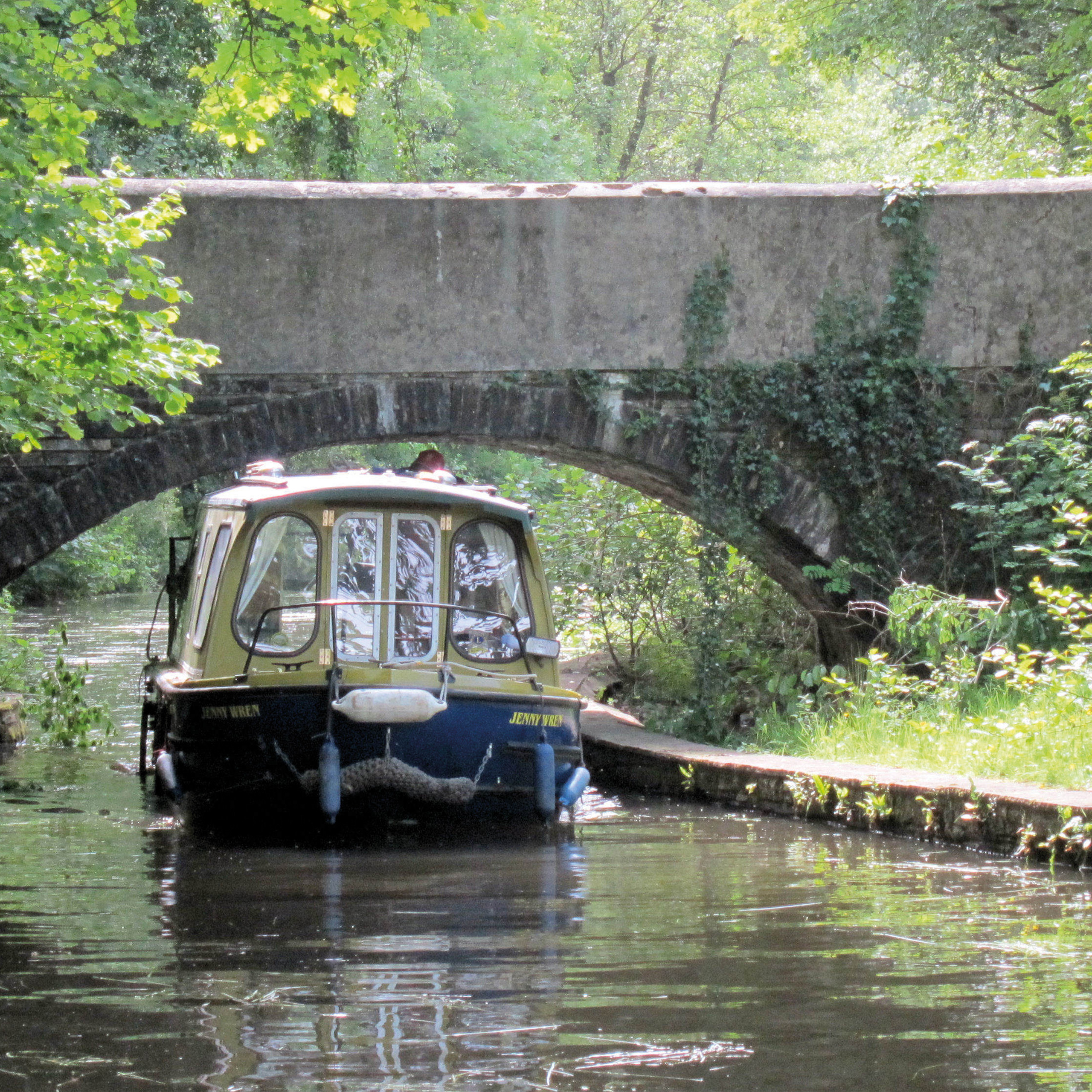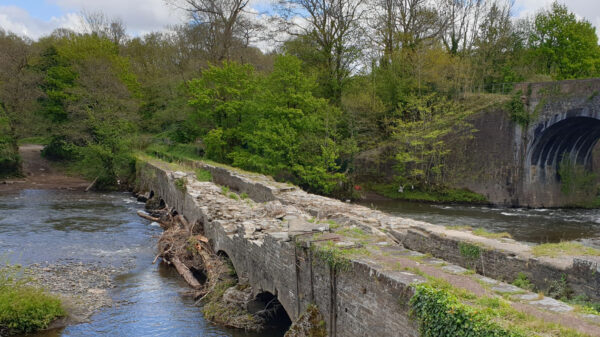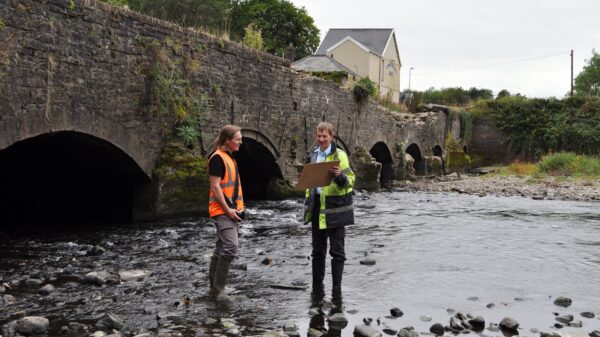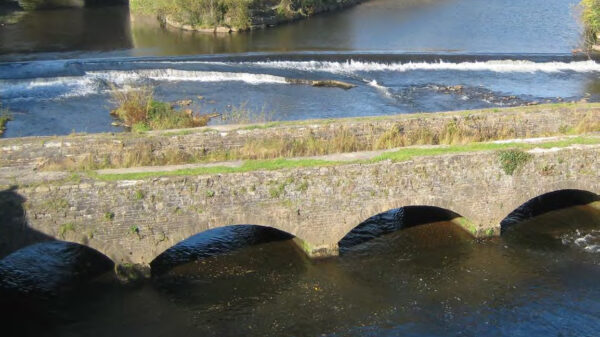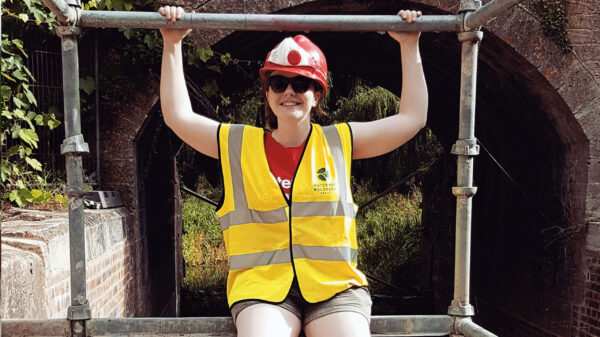Neath and Tennant Canals
Tennant Canal
The Tennant Canal joined the Neath Canal at Aberdulais Basin. Now derelict, it linked Swansea Docks to Aberdulais, and included the Red Jacket Pil Branch. There is currently a campaign to restore the Aberdulais Aqueduct, which is a Grade 2 listed structure; the adjacent Tennant Lock; as well as the weir that feeds water into the Tennant Canal. Neath & Tennant Canals Trust campaigns for the Canal to be eventually be reconnected to Swansea Docks, as part of a scheme to connect to the Swansea Canal so as to create sufficient mileage for a viable hire-operation.
Neath Canal
Substantial restoration works took place on the Neath Canal in the 1980s and 1990s and it is partially open to trailable craft. The Canal linked Glyn Neath to Giant’s Grave, and included the Briton Ferry Canal. The Neath Canal Navigation Company is owned by property developers St Modwen, who manage part of the Canal, with most of the rest managed by Neath Port Talbot Council.

